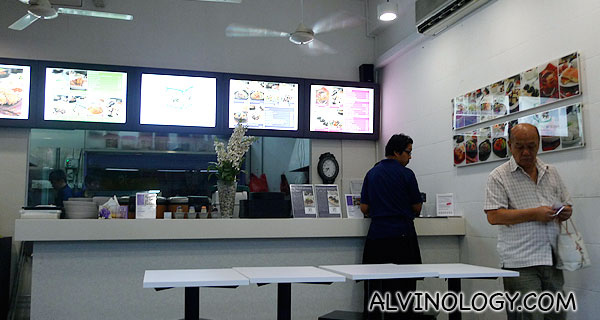The stakes are high for ride-hailing market in Southeast Asia. Two big competitors, Grab and Uber, are competing to gain the market share, which is expected to become a $13 billion industry by 2025.
Since its inception 4 years ago, Grab has created a strong foothold in Southeast Asia with funding support of $750 million by Softbank in September 2016 and has great plans to advance further in the region.
On the other hand, Uber’s recent move of selling off Didi in August 2016 is a clear indication that they are focusing their expansion efforts in SEA as well. This is apparent as Uber has been doubling down on resources, staffing and technology, since Uber is a really competitive service and those driving an Uber can even go online to learn how to compare uber insurance and save money for their services. While this sounds great for consumers, the ride-hailing industry is getting intensively competitive in Southeast Asia.
As the Singaporean government is slated to legalise ride sharing services in the country by June 2017, the transportation sector in the country is slated to see further developments. Ride sharing apps in most countries in SEA remains illegal and Malaysia is among the few who has decided to embrace the trend.
iprice conducted a study to compare and identify the cheapest mode of transportation between the two ride-hailing giants with local taxies in each major Southeast Asian country.
Their research in Southeast Asia took in account the price differences by Grab, Uber and Taxies based on various price components and price points.

As the Singaporean traffic is moderately congested during regular hours, it would take on average 13 minutes to travel 5 kilometers (KM). There is substantial difference when comparing both fares with Grab costing on average at SGD4.30 and Uber at SGD8.
However it is clear that Singaporeans would not prefer conventional taxies as it costs on average of SGD10 for a 13 minute or 5KM ride. Similarly, Grab is more cost efficient when travelling from the city centers to suburb areas at 20KM pricing on average at SGD16.60 as compared to Grab at SGD18.30 and conventional taxies at SGD23.17.










![[Giveaway] Cadbury Glow limited edition premium chocolate - just in time for the festive season [Giveaway] Cadbury Glow limited edition premium chocolate - just in time for the festive season - Alvinology](https://media.alvinology.com/uploads/2015/12/giveaway-cadbury-glow-limited-ed-1024x576.jpg)

Great article comparing Uber, Grab, and taxis! It’s interesting to see how these transportation options differ in terms of price, convenience, and overall experience. However, it’s worth mentioning that if you’re looking to become a rideshare driver with your own car, platforms like Uber and Grab can offer great earning opportunities. If you’re interested in exploring rideshare driver jobs with your own vehicle, I recommend checking out this informative page: https://earndriver.today/rideshare-driver-jobs-with-own-car. It provides valuable insights and resources for those considering this line of work. Happy driving!
Great article, useful comparison of Uber, Grab and regular cabs! It’s impressive to see how cab services are developing and improving every year. Especially important when planning a trip to another country, like Kharkiv, Ukraine like I did. It would be interesting to know what cab options are available there. Found a fascinating article about buying Starlink in Kharkov at https://linkukraine.com/kupyty-starlink-kharkiv . Thanks for the helpful comparisons and recommendations!